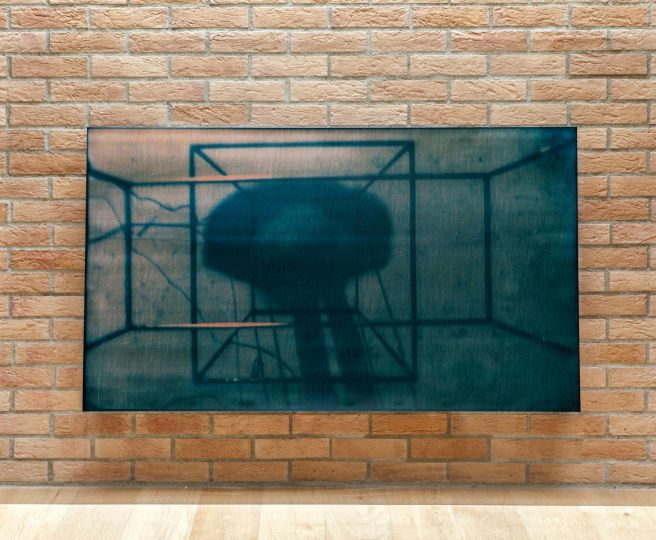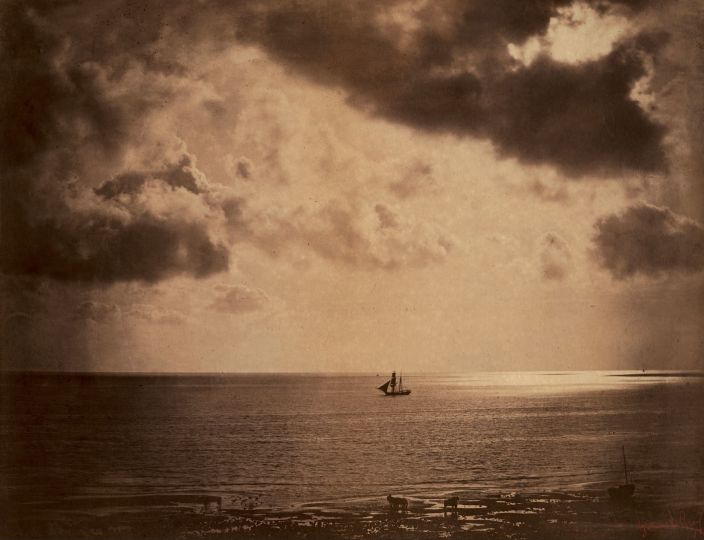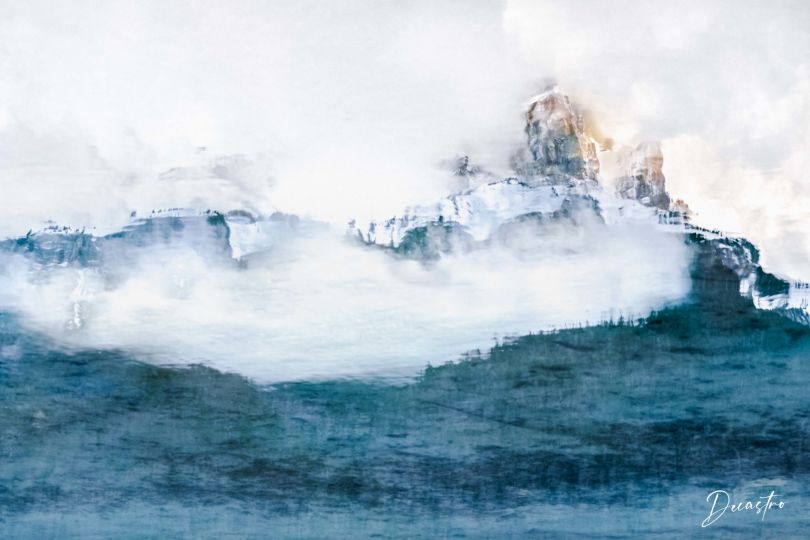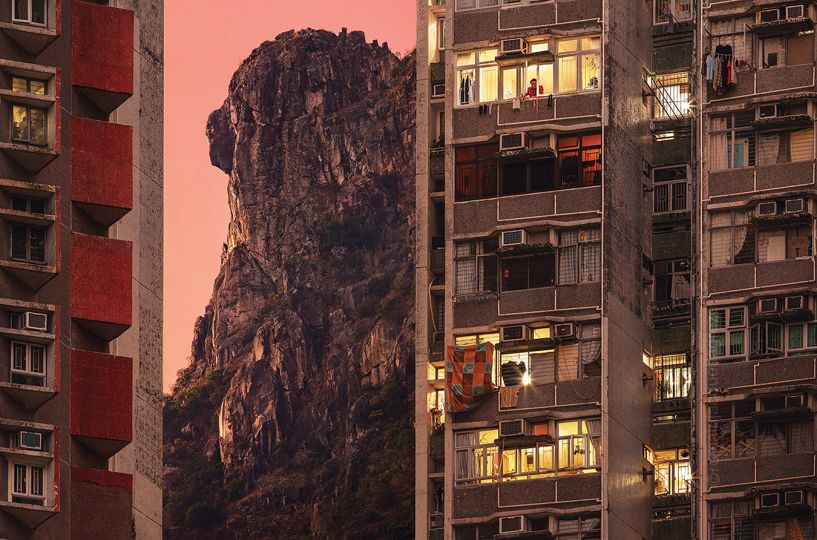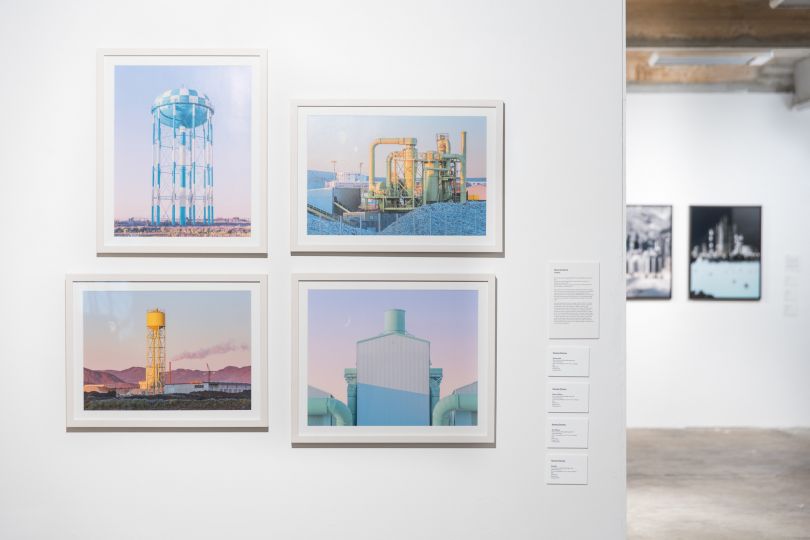Beyond photography. In Rome Francesca Piovesan’s skin mosaics reveal who we really are.
For the first time, Gaggenau and Cramum are about to host a solo exhibition in Rome dedicated to Francesca Piovesan, an artist who became a name to watch on the international contemporary art scene thanks to her artistic uniqueness that combines camera-less photography, body art and sculpture. The S-COMPOSIZIONI (DE-COMPOSITIONS) exhibition will be open to March 8th and it will focus on the artist’s development from the photographic glass to the new camera less photography works, called “Aniconic”.
As explained by the exhibition curator, Sabino Maria Frassà, “lost in today’s world of images, we find it hard to understand who we are and how we should put together the countless fragments of our being that we accumulated over time. Francesca Piovesan’s works go beyond photography. She made the investigation of the body and its shape the keystone of her artistic research, aimed to seize and portray the everchanging human essence. According to the artist, it is impossible to uniquely define and represent who and what we are. The essence of being lies in the understanding and acceptance of the dynamism and transformation we live and that we can see on our skin. Her new camera less photography works are skin mosaics reveal who we really are. A photographic approach is the common denominator in Francesca’s art. Photography, especially camera-less photography, is conceived as an investigation tool. Silver nitrates that bring the famous artist’s photographic body impressions to life should be seen as a tool to freeze organic elements and life in time.”
All Francesca Piovesan’s new pieces are square-shaped. The dimension is equal to the artist’s body surface, usually portrayed using a full-length shot, an American shot, a medium shot, a medium close-up, a close-up or an extreme close-up. For example, the size of the first piece of this series, equal to 44 square centimeters, corresponds to the epidermal area that could be represented as a medium close-up portrait. The artist transforms the idea of a personal portrait into a universal picture of the human body. As a matter of fact, we can see the entire human essence in the body fragments that are part of this portrait.
Since her outstanding “Specchianti” glass-series, created five years ago, the artist comes back with a new series of “mosaics” and “decompositions” in which the epidermis is the starting point for carrying on the investigation on who we really are. This series of pieces will launch a strong element of discontinuity in the poetics of Piovesan: the decomposition of the human figure in the artwork. According to Piovesan, the portrayal has always been a herald of misinterpretations, since the artist portrays the human body through techniques that imply gathering and processing organic elements, such as salt and fats, taken from the epidermis. The procedural aspect is significant, but it never corresponds to the ultimate meaning of the artwork, therefore it can’t be considered traditional body art. The body is just the starting point of Francesca Piovesan’s art. Although she is constantly challenging herself, the artist is in control of the artwork, in which she combines the unpredictability of the bodily material with her artistic, conceptual and narrative intention that manifests itself in a strong compositional accuracy.
This new series of artwork originates from the investigation on the relationship between composition and decomposition. The artist used a technique she developed years ago, consisting in the photographic processing of prints left by the human body on an adhesive tape. Then, the adhesive tape, after capturing epidermal salts and fats, is processed as a photographic film. Later, the reaction of silver nitrates produces a sort of “photographic impression” of the body. The artist used to collect these results on paper or glass, recreating the original body part. Therefore, in all these works we could see the human figure: a face, a breast, or the entire body, as in the huge work “Frammenti” (2020).
While she was suffering from Covid-19, Francesca Piovesan used her period of isolation to completely recreate this technique, trying to meditate on what her body was going through and what was her real “shape”. There is a strong and pervasive tension towards abstraction seen as a tool to make the human experience universal and go beyond our body as we see and represent it. The artist specifically meditates on the more and more ambiguous role of photography and images in our society. She, by taking pictures of our skin, proves how we are not what we seem, nor how we portray ourselves in endless and hyperreal selfies and edited pictures. It feels like contemporary society is helping to spread a pornography of images and a sort of grotesque idolization of an idealized and unreal human body that shows itself in all its conceptual weakness in these artworks. Not surprisingly, in “Scomposizioni” (“Decompositions”), the artist decided to abandon the reconstruction of body pictures to decompose them in fragments, conceived as real pieces of “skin mosaics” with geometrical motifs. Trying to recall Cubism, since there is no roundness, these pieces tell a revolutionary and “real” depiction of the human body and who we are: endless nipples, eyes and signs of the time on the skin are recomposed and exalted in perfect geometries. The artist was inspired by Judeo-Islamic mosaics and by Maurits Cornelis Escher’s optical labyrinths. Decomposing the image of our body brings to a new order, a universal representation of the human being that finds in its everchanging transformation its essence. Unlike the previous artworks, “Mosaici/Scomposizioni” (“Mosaics/Decompositions”) can go beyond the “mere” investigation of our body in an instant, to reveal how everything and the universality of our being can be found in every instant. We don’t see a body, nor its portrayal, but the essence of who we are: everchanging matter that tends to infinity.
The series of artworks “Mosaici/Scomposizioni” (“Mosaics/Decompositions”) is the product of Francesca Piovesan’s artistic maturity. Her return to the typical order of artists’ mature phase is a growth path through abstraction, or better, the transcendence of the human figure. The artist creates a new order succeeding in completing that inductive journey begun with the “Specchianti” series, from the depiction of her subjectivity to the representation of the universal essence of our existence. We witness a new aesthetic harmony, a disturbing existential calm that invites us to go beyond the first impression. Admiring these mosaics makes us understand, once again, that we are pieces of an endless mosaic, and we are not always able to understand its full geometric shape. We are fragments of a collective memory we are inevitably part of, since we are the victims and the perpetrators of an unstoppable change, that is our true essence.
Jung said: “Who looks outside dreams, who looks inside awakes”; whereas Pirandello stated that “what we know about ourselves is just a very small part of what we are”.
Is it possible that Francesca Piovesan’s mosaics can help us in a maieutical way?
Practical informations
Francesca Piovesan — S-Compomposizioni
Curated by Sabino Maria Frassa’
Lungotevere de cenci 4, Roma
22 Nov – 8 March 2021 (closed at Christmas from 24 December – 6 January)
Open Mon-Fry with greenpass and making a reservation: [email protected]
International press officer and translator: Elisa Ottolini.

